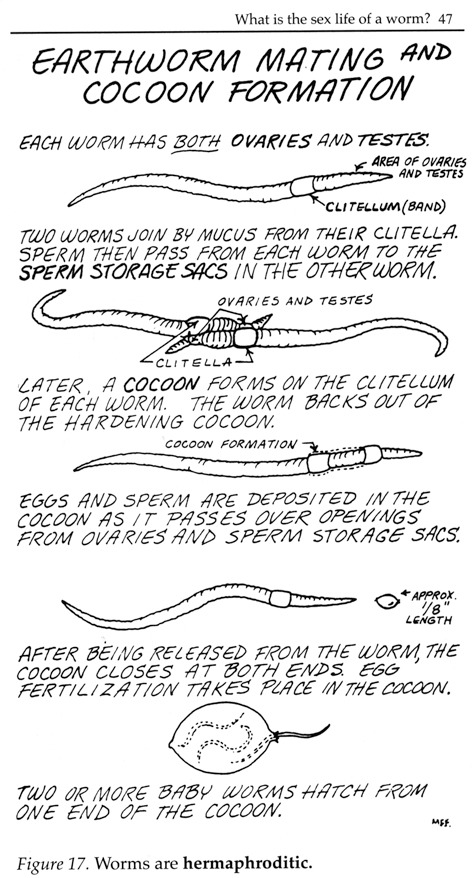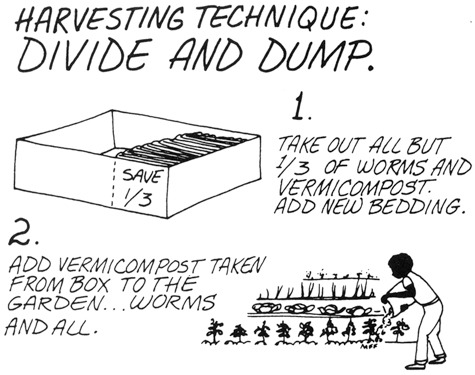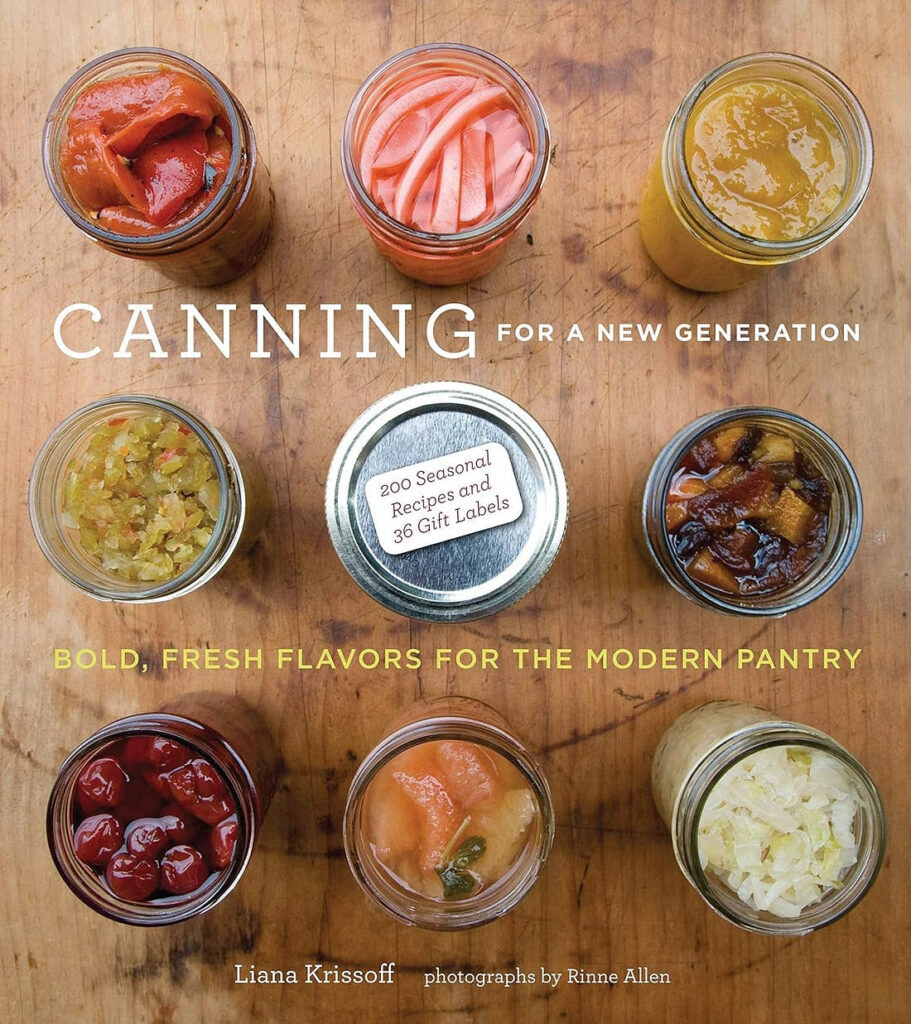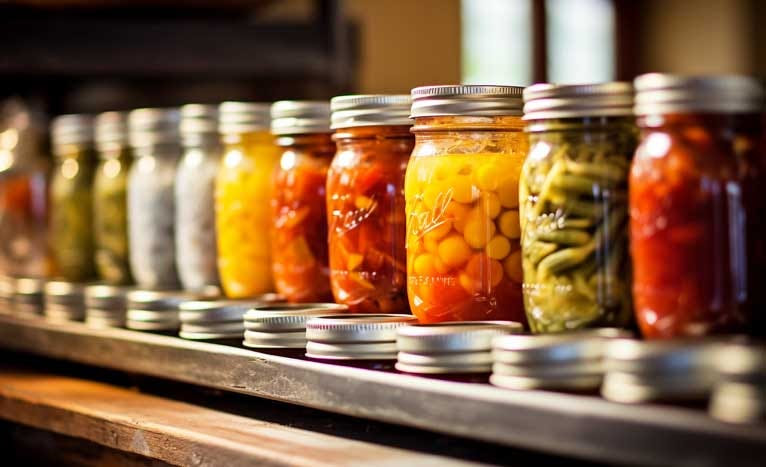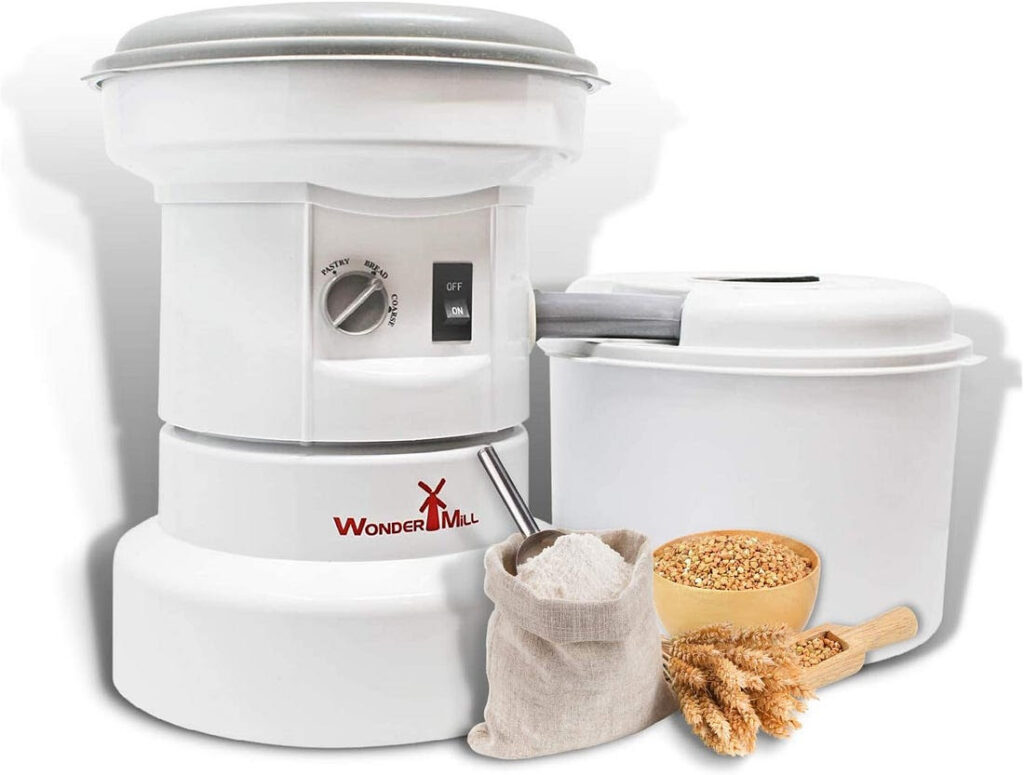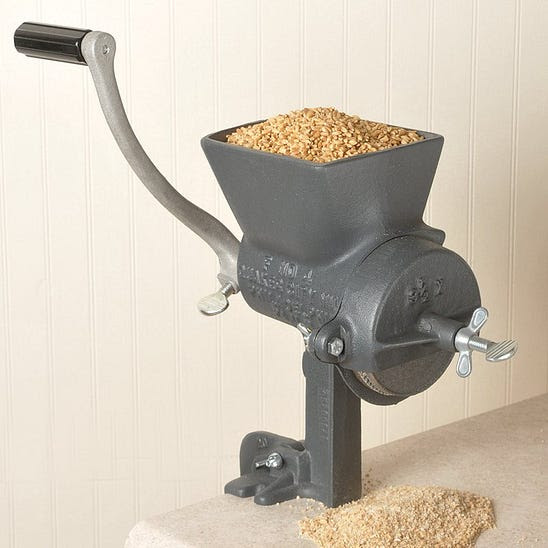Worms Eat My Garbage

Minimal worm compost
Worms convert kitchen scraps into high-potency garden fertilizer. In the process they multiply, and can be used for fish bait or for chicken snacks. The worms reduce your trash load. The fancy name for this is “vermicomposting.” It requires little beyond a modified wooden box or plastic tub in the kitchen, basement or backyard. This perennially best-selling, and now up-dated, book will tell you all.
Wormpoop.com is an all-worms site that sells worms (by the pound) and worm poop fertilizer (by the gallon), and worm-raising information and supplies.
10/31/13Excerpt
>From Worms Eat My Garbage
*
*
Whichever you start with, breeders or bedrun, when they produce more worms than the garbage you are feeding them will support, many will get smaller, some will slow reproduction, and others will die. Eventually, no matter how many worms you start with, the population will stabilize at about the biomass that can be supported by the amount of food they receive.
*
Any vegetable waste that you generate during food preparation can be used, such as potato peels, grapefruit and orange rinds, outer leaves of lettuce and cabbage, celery ends, and so forth. Plate scrapings might include macaroni, spaghetti, gravy, vegetables, or potatoes. Spoiled food from the refrigerator, such as baked beans, moldy cottage cheese, and leftover casserole also can go into the worm bin. Coffee grounds are very good in a worm bin, enhancing the texture of the final vermicompost. Tea leaves, even tea bags and coffee filters, are suitable.
*
Still another method for harvesting worms is the divide and dump technique. You simply remove about two-thirds of your vermicompost and dump it directly onto your garden's surface. No digging nor turning; no muss, no fuss. Add fresh bedding to the vermicompost still left in the box. Enough worms and cocoons usually remain there to populate the system for another cycle.
*
>From Wormpoop.com
The worm bed is 36" high (about waist level), reducing stress on the back and legs from bending. This worm bed has four removable partitions for easy access for feeding and harvesting the worms and wormpoop castings (also called Vermicompost). It allows the person working with the worms to do so with less effort. It also helps reduce the workload when harvesting the worms.
Adding Vermicompost to soils aids in erosion control, promotes soil fertility, stimulates healthy root development in plants. This life cycle is the process of things being born, living, dying, and being reborn again. This is nature's way of recycling and keeping the earth in balance.
Worms Eat My Garbage Mary Appelhof 1997, 162 pages $12

